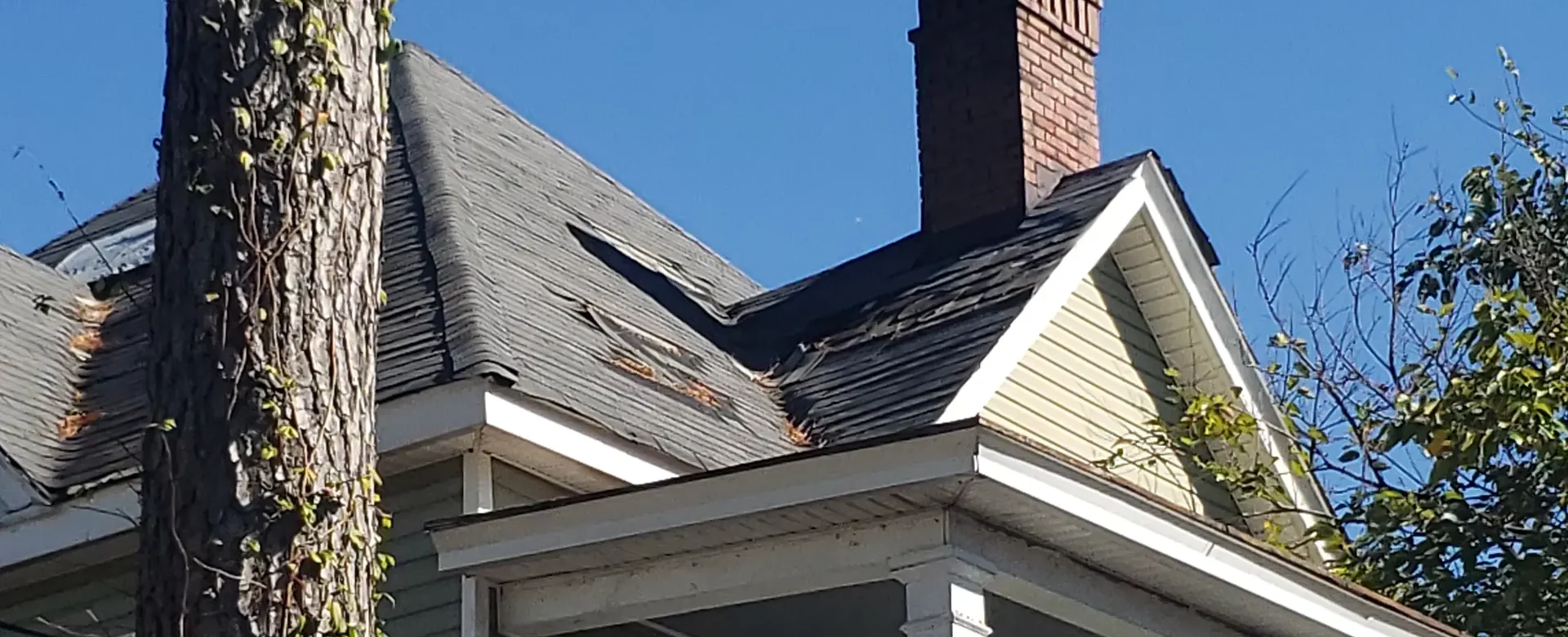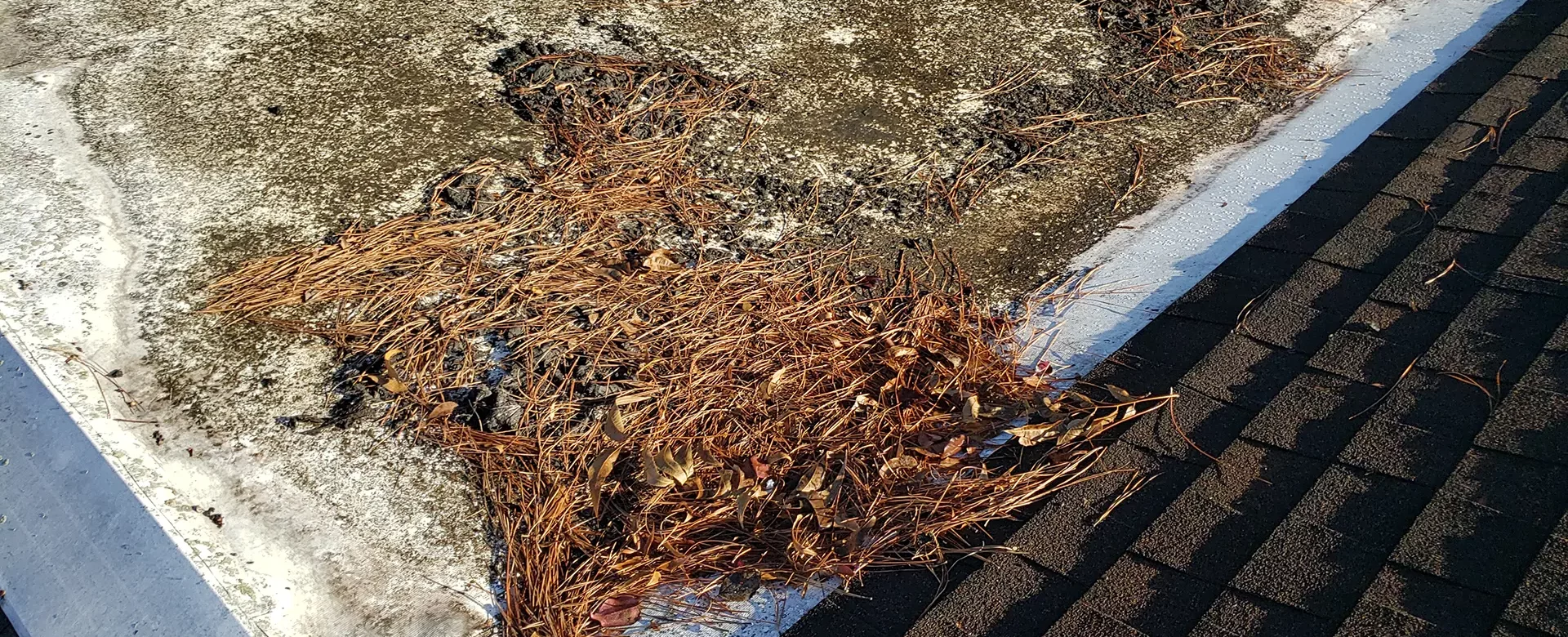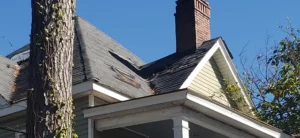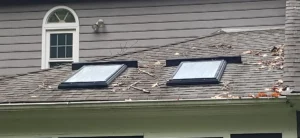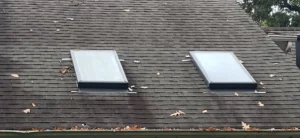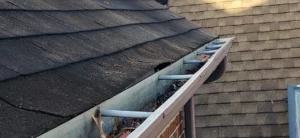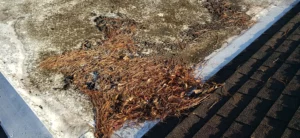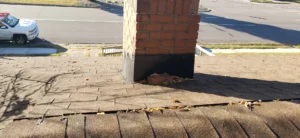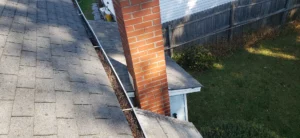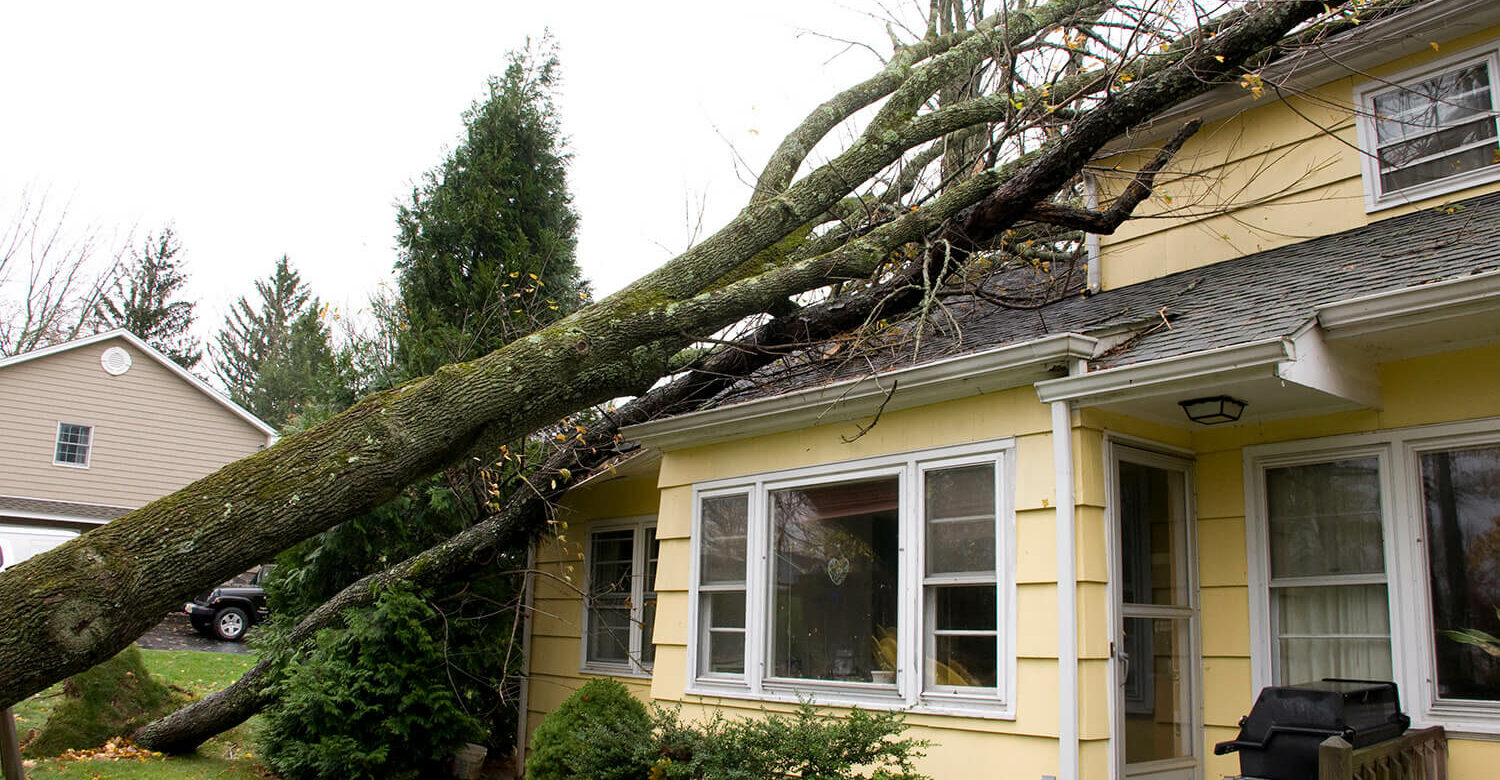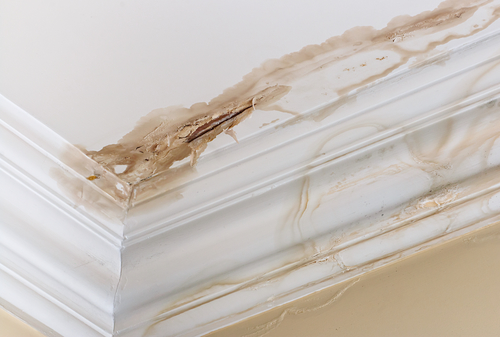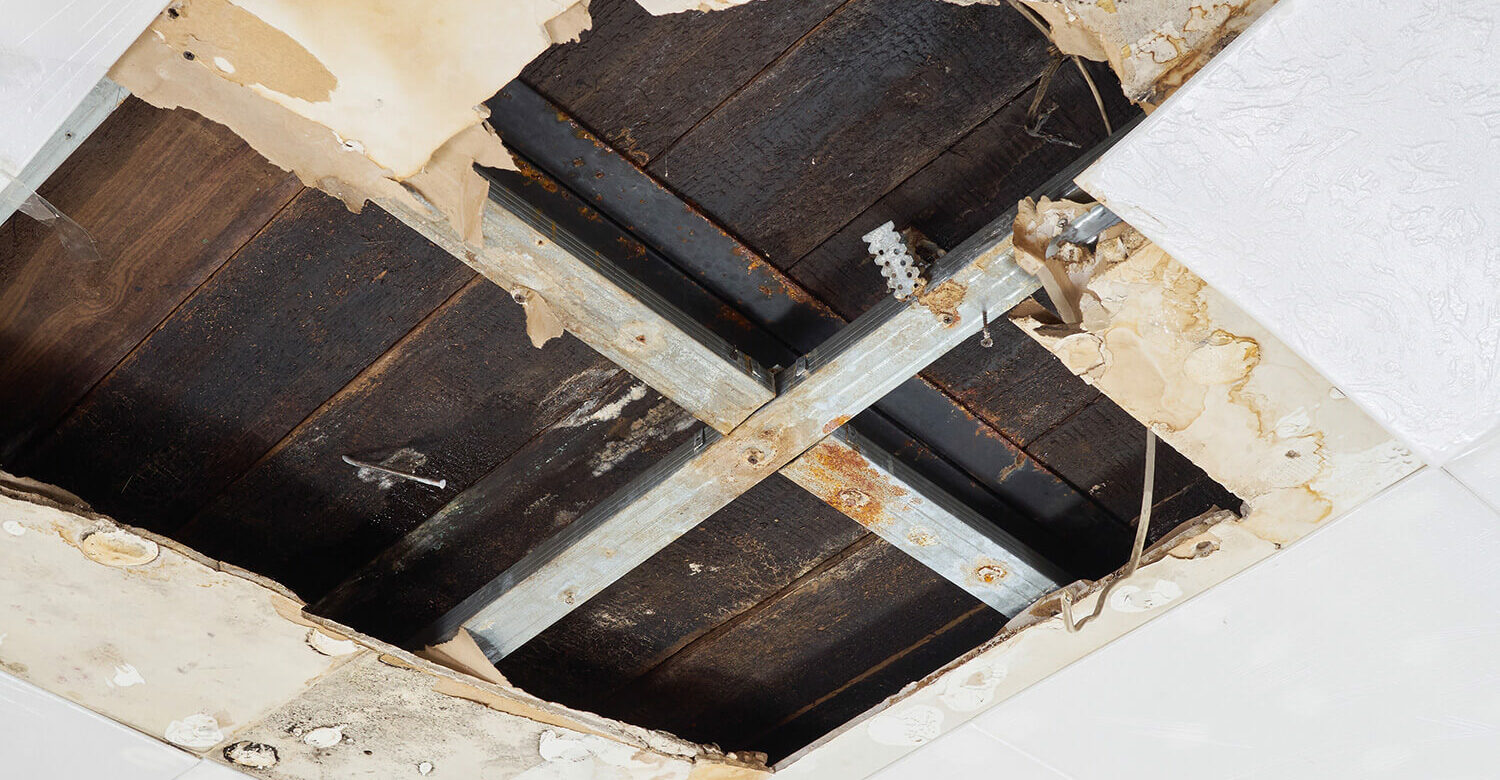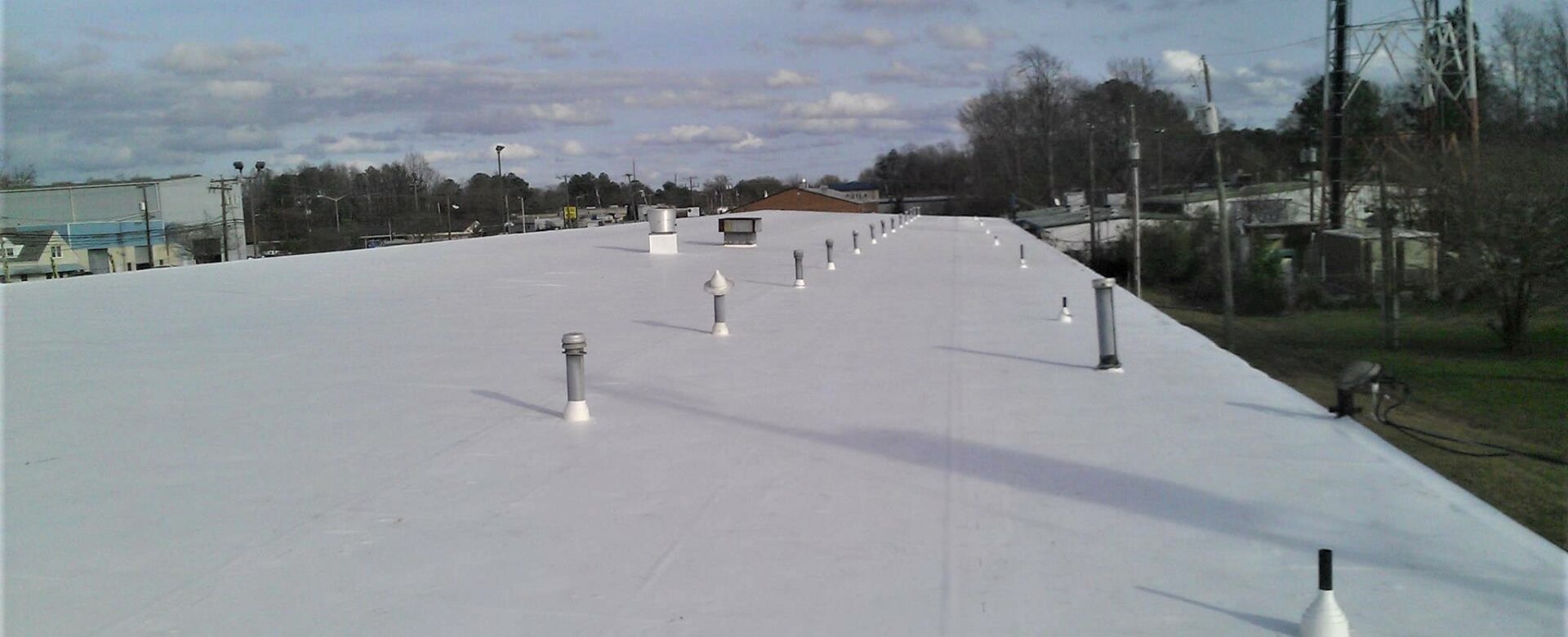At Andrews Roofing, we’ve spent decades up on the roofs of homes and businesses across Hampton Roads, and one thing we’ve learned is that while hurricanes and nor’easters tend to get the most attention, they’re not the only culprits when it comes to roof damage in our region. Living in Southeast Virginia brings with it a mix of unique environmental conditions that can take a toll on your roof—often silently and slowly over time.
Here are some of the most common (but often overlooked) issues that can affect your roof in our coastal, wooded, and weather-variable region:
Salt Air and Coastal Winds
If you live near the Atlantic Ocean or Chesapeake Bay—or even a few miles inland—you’re probably already familiar with the effects of salt air on your car or outdoor furniture. That same salty moisture can corrode roofing materials over time, especially metal components like flashing, nails, gutters, and vents. Coastal winds, even when they’re not hurricane-force, can also lift shingles or blow debris across rooftops, causing wear and tear that might not be noticeable from the ground.
Pine Needles and Tree Debris
In more wooded parts of Hampton Roads—like parts of Chesapeake, Suffolk, and even some neighborhoods in Virginia Beach and Portsmouth—pine needles and other tree debris can be a real issue. Pine needles may seem harmless, but when they accumulate on a roof, they can trap moisture against shingles, leading to mold, mildew, and even rot. They also clog gutters quickly, which prevents proper water runoff and can result in leaks or damage to your fascia and soffit over time.
Extreme Temperature Swings
We may not have the harsh winters of New England or the Midwest, but Hampton Roads does see its share of extreme temperature swings—from hot and humid summers in the 90s to occasional winter days that dip below freezing. Sometimes we even see these swings in the course of a single day! These fluctuations can cause roofing materials to expand and contract repeatedly, weakening seals, loosening shingles, and reducing the lifespan of your roof. Older roofs in particular are more susceptible to this kind of damage.
High Humidity and Moisture
Let’s face it—southeast Virginia is humid. That constant moisture in the air can be rough on a roof, especially if it’s not properly ventilated. High humidity can contribute to the growth of algae, moss, and mold on shingles, which not only looks bad but can also degrade roofing materials over time. If you’ve noticed black streaks or green patches on your roof, moisture-loving organisms might be to blame.
Poor Installation or Aging Materials
Not all roof problems come from the environment. Sometimes we see damage simply because the original installation wasn’t done correctly, or the materials used weren’t appropriate for our coastal climate. Even a well-installed roof will eventually reach the end of its life. In this region, the combination of weather and environmental factors can sometimes mean a shorter lifespan than in other parts of the country.
Andrews Roofing Can Help
The best way to protect your real estate investment is to stay informed and stay proactive. Regular inspections and maintenance can help catch small issues before they become big (and expensive) problems. If you’re not sure what shape your roof is in—or if it’s time to start thinking about repairs or replacement—we’re always happy to offer honest, local advice from folks who live and work in the same communities you do. Contact your neighbors at Andrews Roofing today.
